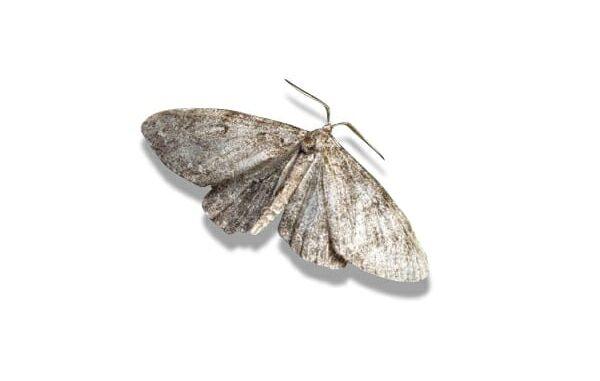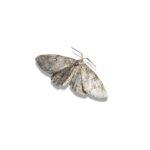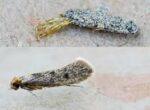
Signs of a Moth Infestation in Harare and Zimbabwe: A Comprehensive Guide
Are you noticing signs of moth infestation in Harare and Zimbabwe? Call 0772593344 for reliable and affordable moth control solutions today
Harare, like many cities worldwide, faces the challenge of moth infestations. These seemingly insignificant insects can cause significant damage to homes, businesses, and stored goods. Understanding the signs of a moth infestation is crucial for early intervention and effective control. This guide will detail the common moth species found in Harare and Zimbabwe, the signs of their presence, and steps you can take to mitigate infestations.
Common Moth Species in Harare and Zimbabwe:
While many moth species exist in Zimbabwe, several are particularly notorious for infestations in homes and businesses:
Clothes Moths (Tineidae family): These are the most common household pests. Several species exist, but they all share a similar lifecycle and feeding habits. They are attracted to natural fibers like wool, cashmere, silk, and feathers. Clothes moths often infest closets, wardrobes, and storage areas where these materials are kept. They rarely infest synthetic fabrics.
Pantry Moths (Plodia interpunctella): These moths are attracted to stored food products, particularly grains, cereals, flour, nuts, dried fruits, and pet food. They infest pantries, cupboards, and any areas where food is stored. Their presence is often detected through webbing and larval activity within food containers.
Indian Meal Moths (Plodia interpunctella): Often confused with pantry moths, Indian meal moths are slightly larger and have a more distinct wing pattern. They also infest stored food products and cause similar damage.
Case-Bearing Clothes Moths (Tineidae family): These moths create protective cases from fibers they consume, making them slightly easier to spot. The cases are often found moving around on surfaces, indicating the presence of larvae.
Recognizing the Signs of a Moth Infestation:
Identifying a moth infestation early is vital for preventing widespread damage. Look out for these telltale signs:
1. Adult Moths:
 Seeing adult moths flying around your home, particularly in closets, pantries, or at night, is a clear indication of an infestation.
Seeing adult moths flying around your home, particularly in closets, pantries, or at night, is a clear indication of an infestation.
Clothes moths are small and relatively inconspicuous, often beige or light brown, while pantry moths are slightly larger and have a distinct reddish-brown and yellowish-grey pattern.
2. Larval Damage:
 This is often the most obvious sign. Clothes moths’ larvae feed on natural fibers, leaving holes and damage in fabrics. You might notice thinning, bare patches, or small holes in your clothes, carpets, or other textiles. Pantry moth larvae leave webbing and frass (excrement) in and around food containers. The larvae themselves are small, cream-colored grubs that are often difficult to see unless you carefully inspect infested items.
This is often the most obvious sign. Clothes moths’ larvae feed on natural fibers, leaving holes and damage in fabrics. You might notice thinning, bare patches, or small holes in your clothes, carpets, or other textiles. Pantry moth larvae leave webbing and frass (excrement) in and around food containers. The larvae themselves are small, cream-colored grubs that are often difficult to see unless you carefully inspect infested items.
3. Cocoons/Cases:

Case-bearing clothes moth larvae construct protective cases from silk and fabric fibers.
These cases are small, tubular structures that move around on surfaces. Finding these cases is a clear sign of infestation.
4. Webbing:
Pantry moths create silken webbing to protect their larvae and pupas. This webbing is often visible in food containers, cupboards, and surrounding areas. It may be quite extensive in severe infestations.
5. Frass:
This is the excrement of moth larvae. It appears as small, dark specks or grains and is often found near areas where larvae are feeding. In pantry infestations, it can be found within food containers or on shelves.
6. Unusual Odors:
While not always present, severe infestations can sometimes produce a musty or unpleasant odor. This is particularly true in cases of significant damage to stored goods or textiles.
Location-Specific Considerations in Harare and Zimbabwe:
The climate in Harare and Zimbabwe, with its warm and humid periods, can contribute to the rapid development and spread of moth infestations. Pay particular attention to storage areas that are poorly ventilated or damp, as these conditions are ideal breeding grounds for moths.
Taking Action:
If you suspect a moth infestation, immediate action is necessary. This involves:
Professional Pest Control: For severe infestations or if you are unable to control the problem yourself, contact Pest Portal Zimbabwe, a professional pest control service. We provide targeted treatments and advice. Call us on 0772593344 today.
Thorough Inspection: Carefully examine all areas where moths might be present, including closets, wardrobes, pantries, cupboards, and storage areas. Pay special attention to stored textiles, food items, and pet food.
Discard Infested Items: The most effective way to eliminate pantry moths is to discard all infested food items. For clothes moths, thoroughly inspect and clean affected garments. If the damage is extensive, consider discarding severely infested items.
Cleaning and Vacuuming: Thoroughly vacuum all affected areas, paying close attention to cracks and crevices. Dispose of the vacuum cleaner bag immediately afterward.
Washing and Dry Cleaning: Wash all washable items in hot water (at least 50°C) and dry them on high heat. Dry cleaning is also an effective method for killing moths and larvae.
Freezing: Freezing infested items for several days can kill both larvae and eggs.
Conclusion
By understanding the signs of a moth infestation and taking prompt action, you can protect your home, your belongings, and your health from the damage caused by these persistent pests. Remember, prevention is key! Engaging a professional pest control company like Pest Portal Zimbabwe, maintaining cleanliness, proper storage techniques, and regular inspections are crucial in preventing future infestations.
